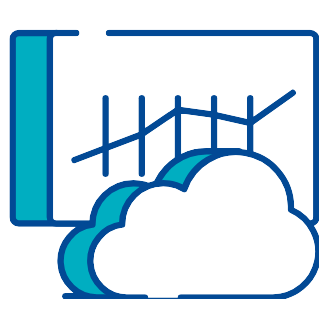Cross Connect
Beeks keeps you connected by offering a growing number of direct and secure fibre cross-connects between networks and servers within shared data centres.
For a scalable and cost-efficient solution, opt for a shared cross-connect from one of our pre-built, direct, and private connections. Or for guaranteed, dedicated bandwidth that can withstand high traffic frequencies, Beeks provides a private network connection. Cross connects are crucial for the financial industry due to their ability to provide high-speed, low-latency, and secure data transfer.
Contact our team to set up connections for your trading infrastructure.
View Purchase Options

Low latency
Offer the shortest possible path for data transmission, essential for executing trades in microseconds.

Direct Connectivity
Eliminates the need for public internet.

Dedicated Bandwidth
Ensures high-speed data transfer between colocated servers.

Data Replication
Facilitate efficient data replication between colocated servers and data centres.

Cloud Connectivity
Facilitate ease of connectivity to public cloud providers if needed.
Why Financial Markets and Payments Should Care About Beeks’ Cross Connect Offerings
-
Low Latency Trading Execution
Execute trades in microseconds with low latency cross-connects, providing a significant competitive advantage in high-frequency trading environments where every millisecond counts.
-
Secure and Reliable Data Transfer
Ensure high-speed, secure data transfer between colocated servers, eliminating the risks associated with public internet and maintaining the integrity and confidentiality of financial data.
-
Efficient Data Replication
Facilitate seamless and efficient data replication between colocated servers and data centres, crucial for disaster recovery and maintaining up-to-date records in a dynamic trading environment.

